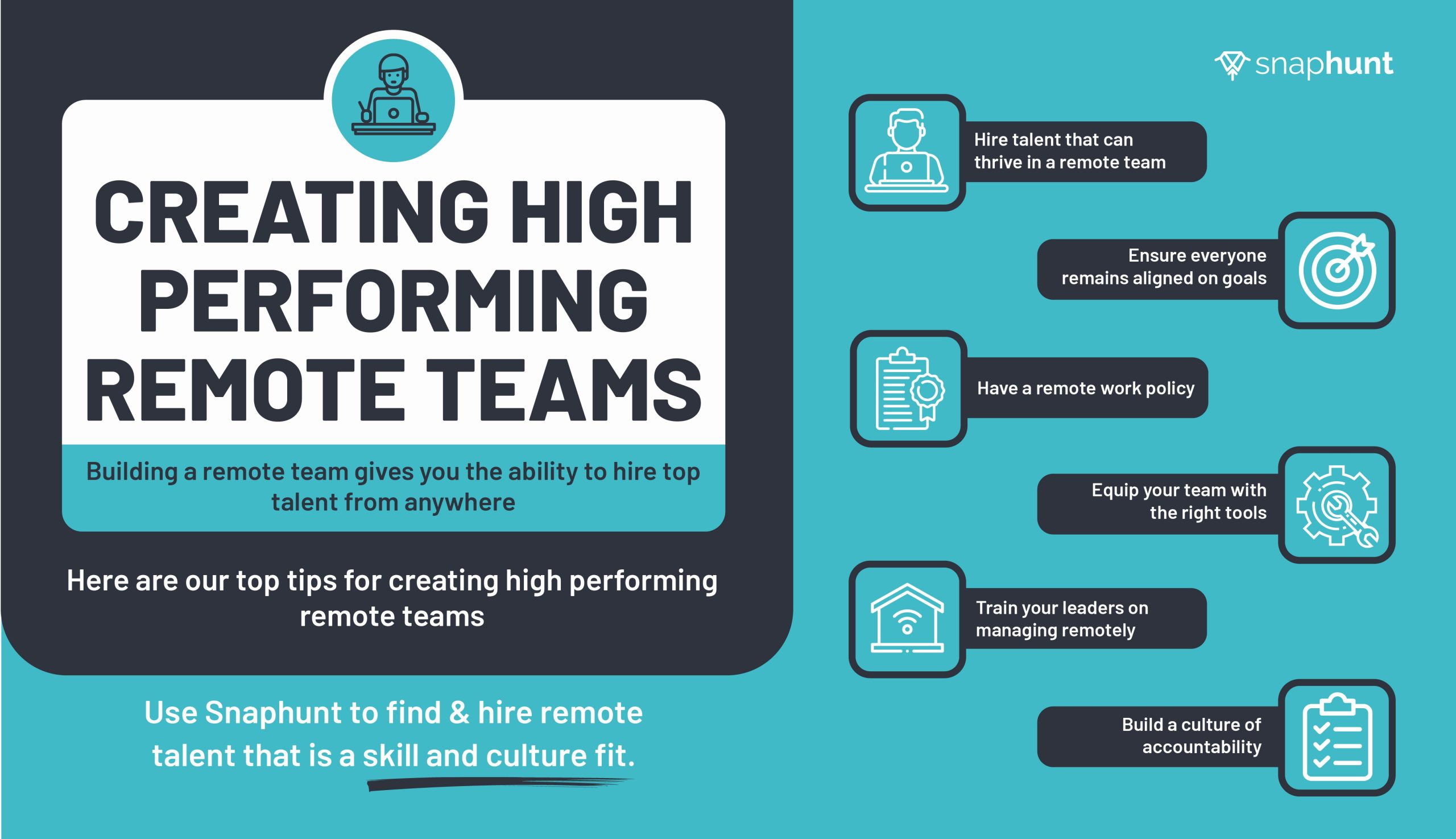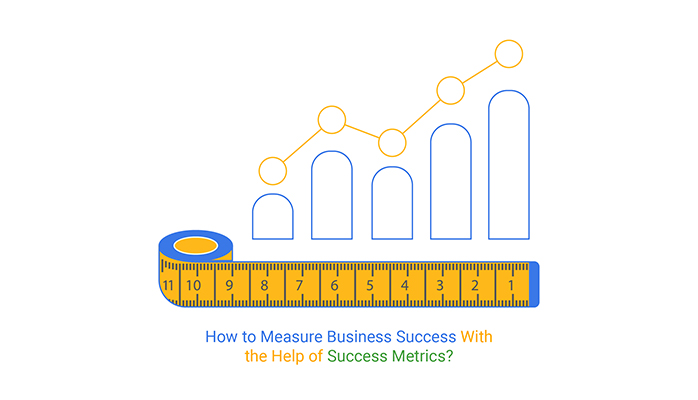In the perpetually shifting currents of the business world, profitability is often seen as a direct consequence of increased revenue. While revenue growth is undeniably vital, an equally potent, and often more controllable, lever for boosting the bottom line lies in the judicious management of expenses. Smartly cutting business costs isn’t about mere austerity; it’s about optimizing operational efficiency, eliminating waste, and reallocating resources to areas that truly drive value. For businesses of all sizes, from agile startups to established corporations, a strategic approach to expense reduction can free up capital for innovation, enhance competitiveness, and fortify financial resilience, ensuring stability even when market conditions tighten.
One of the most impactful areas to scrutinize for potential savings is **operational overheads and administrative costs**. This category often includes office space, utilities, supplies, and general administrative services. Businesses should regularly evaluate whether their physical footprint truly matches their current needs. Could a hybrid work model reduce the necessity for vast office spaces, leading to significant rent or mortgage savings? Are utility consumption patterns being monitored and optimized, perhaps through energy-efficient upgrades or simply by adopting more mindful practices? Even seemingly minor elements like office supplies can add up; consolidating vendors, buying in bulk, or implementing a clear requisition process can curb unnecessary spending. Consider the myriad subscription services a company might accrue over time, from software licenses to industry publications; a periodic audit can reveal redundancies or underutilized tools that can be cancelled, freeing up monthly cash flow. These areas, while often perceived as fixed costs, frequently harbor hidden opportunities for substantial savings through careful analysis and proactive management.
Another fertile ground for expense reduction lies in **technology utilization and IT infrastructure**. In today’s digital age, technology is indispensable, but it’s also a significant cost driver. Businesses should regularly review their software subscriptions, cloud computing expenses, and hardware procurement strategies. Are all licensed software tools being fully utilized, or could a cheaper, equally effective open-source alternative suffice for some functions? Are cloud resources optimized to prevent over-provisioning, which can lead to hefty unnecessary charges? Negotiating with IT vendors for better rates, consolidating service providers, and exploring managed IT services can also yield considerable savings without compromising crucial technological capabilities. Furthermore, investing in robust cybersecurity measures, while an upfront cost, can prevent far more expensive data breaches and system downtimes in the long run, illustrating that not all “cuts” are about reducing spending but rather about spending smarter to mitigate future liabilities.
**Vendor relationships and supply chain management** present a crucial avenue for cost optimization. Businesses often develop long-standing relationships with suppliers, sometimes without regularly reassessing competitive pricing. Periodically reviewing contracts, requesting bids from multiple vendors, and consolidating purchasing power can lead to improved terms, bulk discounts, or more favorable payment schedules. This isn’t about nickel-and-diming suppliers, but rather about ensuring fair value and exploring opportunities for mutual efficiency. For a manufacturing business, optimizing logistics—perhaps by consolidating shipments, negotiating better freight rates, or even exploring local sourcing to reduce transport costs—can dramatically impact the bottom line. Transparency and strong communication with suppliers can also lead to collaborative solutions that benefit both parties, such as streamlined invoicing or just-in-time inventory practices that reduce warehousing costs.
Beyond these tangible expenses, focusing on **process optimization and waste reduction** can unlock significant savings that aren’t immediately obvious on an invoice. Inefficient workflows, excessive reworks, and prolonged project cycles all translate into wasted labor hours, materials, and time—all of which are ultimately expenses. Implementing lean methodologies, automating repetitive tasks, and investing in employee training to improve efficiency can dramatically reduce these invisible costs. For instance, a marketing agency that streamlines its client onboarding process through automation can reduce the administrative time spent per new client, allowing staff to focus on revenue-generating activities. Similarly, reducing material waste in a manufacturing plant through better design or improved production techniques directly impacts raw material expenses. These improvements not only save money but also enhance productivity and quality, creating a dual benefit.
Finally, a truly smart approach to cutting expenses involves a nuanced understanding of **human capital management**. This is not about indiscriminate layoffs, which can severely damage morale and productivity. Instead, it involves optimizing workforce deployment, investing in targeted training to upskill existing employees rather than constantly hiring externally for new roles, and leveraging freelancers or contractors for specialized, non-core tasks when appropriate. Reviewing benefits packages to ensure they are competitive yet cost-effective, and exploring flexible work arrangements that can reduce office-related expenses, are also viable considerations. The goal is to maximize employee output and engagement while ensuring the compensation and benefits structure aligns with the company’s financial health. Investing in employee well-being can also lead to reduced absenteeism and higher retention, indirectly lowering recruitment and training costs.
In essence, cutting business expenses effectively is not a punitive exercise but a strategic discipline. It requires a meticulous review of every expenditure, a willingness to challenge long-held assumptions, and an innovative mindset to find smarter, more efficient ways of operating. By focusing on operational overheads, technology utilization, vendor relationships, process optimization, and intelligent human capital management, businesses can not only bolster their financial standing but also become more agile, competitive, and sustainable in the long run, ready to seize opportunities and weather economic uncertainties with greater confidence.




